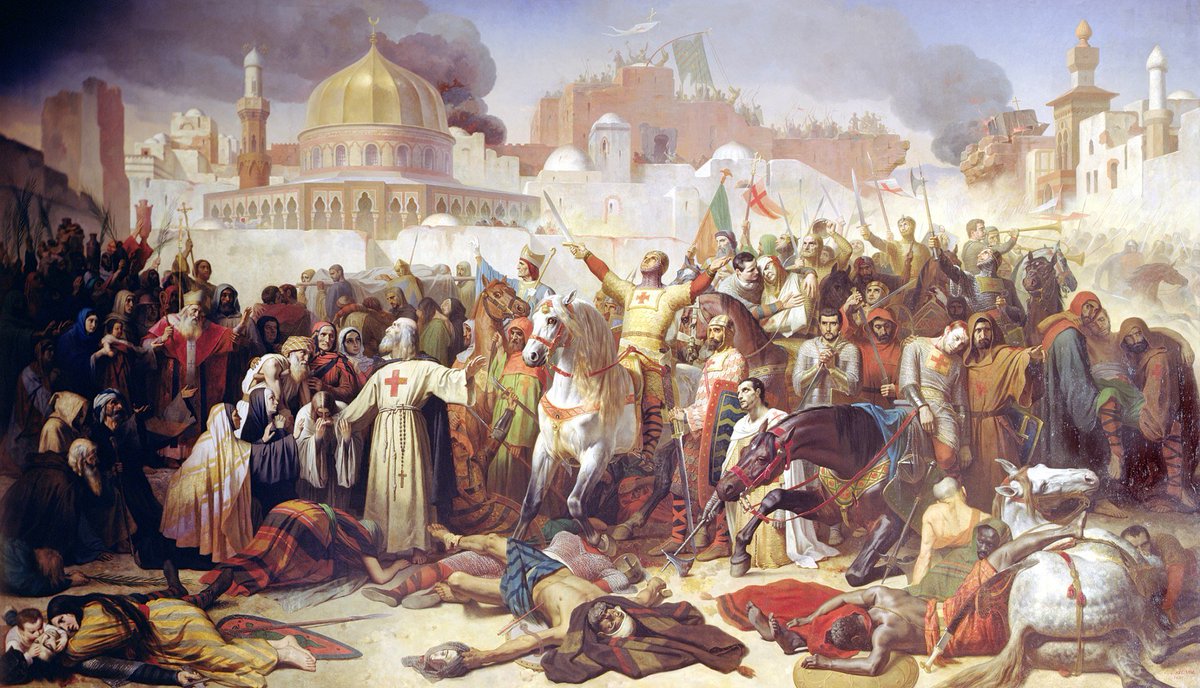
For those who came in late...
Ashoka was a Buddhist at least 2.5 years before Kalinga, as he himself admits in his minor rock edict at Maski, 260 BCE.
Hence, any views of him converting to Buddhism after seeing the carnage at Kalinga is an utter lie.
Ashoka was a Buddhist at least 2.5 years before Kalinga, as he himself admits in his minor rock edict at Maski, 260 BCE.
Hence, any views of him converting to Buddhism after seeing the carnage at Kalinga is an utter lie.

He uses the 'Buddha-Sakya' = Ordinary Follower of Buddhism in his edict at Maski.
The word 'Buddha-Sakya' in Brahmi
The word 'Buddha-Sakya' in Brahmi

Ashoka, however, did not inherit, but was a convert to Buddhism.
Like his predecessors, he freely allowed the slaughter of animals in royal kitchens every day, prior to conversion. In fact, Ashoka did not become an absolute vegetarian, even after his conversion.
Like his predecessors, he freely allowed the slaughter of animals in royal kitchens every day, prior to conversion. In fact, Ashoka did not become an absolute vegetarian, even after his conversion.

His meat diet was limited to the flesh of two deers and one peacock , even in 258 BCE; some six years after his conversion and though the deer was discarded later, it is not definitely known if the peacock was given up as well. 

The list of animals and birds specified by Ashoka for protection in his Pillar Edict V, issued in 243 / 242 BCE does not include Peacock.
Similarly, he induldged in all kinds of royal parties and merry-making before his conversion. ( translation of a part of Pillar Edict V )
Similarly, he induldged in all kinds of royal parties and merry-making before his conversion. ( translation of a part of Pillar Edict V )

And he had been described in all texts as the one who killed his elder brother, Prince Susima for the throne.
Lastly, even as a Buddhist he didn't desist from a bloody battle at Kalinga, some 2.5 years after his conversion to Buddhism. This battle gave rise to 4 lac casualties.
Lastly, even as a Buddhist he didn't desist from a bloody battle at Kalinga, some 2.5 years after his conversion to Buddhism. This battle gave rise to 4 lac casualties.

Thus, no stories such as those anxiously invented by the Buddhist texts are needed to prove the miraculous power of Buddhism in converting an ordinary king into a saint.
The facts speak for themselves!
Source: 'Ashoka' by Dr. R. K. Mookerji
The facts speak for themselves!
Source: 'Ashoka' by Dr. R. K. Mookerji

• • •
Missing some Tweet in this thread? You can try to
force a refresh

















